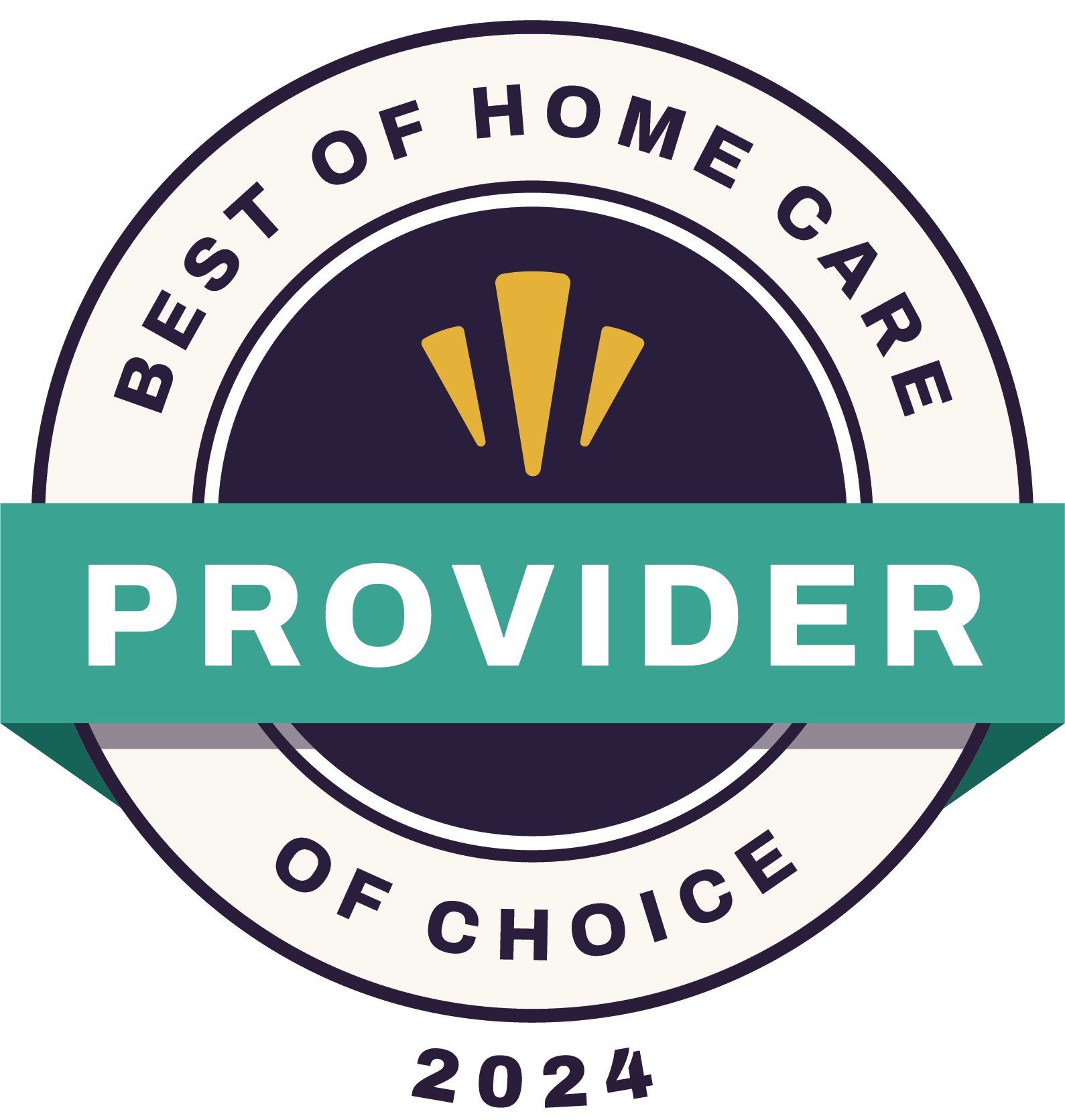Sugar Intake for Seniors: Keeping Track This Holiday Season
With the holiday season fast approaching, it is important to keep track of your sugar intake as a senior so you can enjoy some of those wonderful holiday desserts and treats without jeopardizing your health. Whether you do your own grocery shopping and cooking or rely on a caregiver or family member to help out, it is important to plan ahead for holiday foods.
Even regularly eaten foods can have a surprisingly high amount of sugar that can be unhealthy for seniors. First, let's take a look at some of those hidden-sugar foods you may not have thought about.
Where is sugar hiding?
-
You may enjoy low-fat yogurt as part of a healthy diet, but it often has sugar added to enhance the flavor. That added sugar can actually be an entire day's worth of a senior’s recommended sugar intake!
-
Condiments and sauces like ketchup and spaghetti sauce often have more sugar than you would think. For instance, one tablespoon of ketchup has nearly one teaspoon of sugar!
-
Dietary supplement drinks can be a great way to give you the nutrition necessary to feel healthy, but not all drinks are the same. For instance, one Boost drink can have half or more of the recommended sugar intake for seniors.
-
Fruit juices taste delicious and can be packed full of nutrients, but they also have lots of both natural and added sugar.
-
Canned soups are an easy and convenient way to get your veggies, but they often contain more added sugar than you might think.
Watching sugar intake for seniors
Especially if you're over the age of 65, it is important to pay attention to your overall sugar intake when headed into a season typically filled with delicious treats like sugar cookies, cheesecakes, and pies. A diet with increased sugar is especially dangerous if you are living with high blood pressure, heart disease, cancer, and diabetes, or if you're already struggling to stay at a healthy weight or lose some extra pounds. If you live with one of these conditions, it is important for you to keep track of how much sugar you're eating in your regular diet, cut down where you can, then enjoy occasional treats without feeling guilty.
Here are a few simple ways to keep track of sugar intake for seniors.
How to keep tabs on your sugar consumption
You don't need any fancy gadgets or gizmos to have a pretty good idea of how much sugar you're getting in your diet.
First and most importantly, start reading labels on the foods you typically enjoy. The FDA regulates the information that has to appear on food labels, and right there you'll find how much "Total Sugars," "Added Sugars," and even "% Daily Value" is included in that particular food. Of course, you can also read the entire ingredients list, especially if you regularly eat some of those foods with hidden sugars. The farther down the list of ingredients sugar is listed, the less sugar is in the food. If reading those labels is hard for you or if someone else helps with shopping and food preparation, remind them to read labels and keep track of how much sugar is hiding in your favorite foods.
Second, be gentle with your diet. Remember that it is really okay to enjoy holiday treats! The most healthy way to do that is to pay attention to what you're eating so you don't need to feel guilty for enjoying that slice of pie or fresh cookies. If you know you're getting together with family or friends and you'll get some of those wonderful desserts, cut back on the hidden sugar foods you might regularly eat. Drink regular water instead of juice, skip the Boost, make your own homemade soup rather than buying the can, or skip the extra spoonful of sugar in your morning coffee.
By being aware of the recommended sugar intake for seniors, staying aware of how much hidden sugar you're getting from your regular diet, cutting back where you can, and planning ahead for the times you'll want to enjoy some extra holiday deliciousness, you can enhance your overall health and avoid needing to take any drastic steps later.



